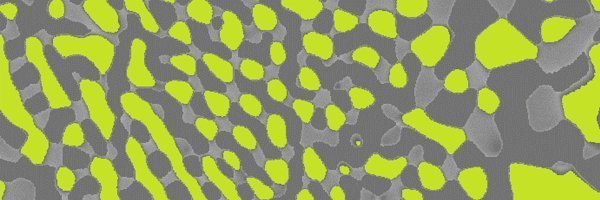Laser Powder Bed Fusion (LPBF) is the most commonly used Additive Manufacturing processes. One of its biggest advantages it offers is to exploit its inherent specific process characteristics, namely the decoupling the solidification rate from the parts´volume, for novel materials with superior physical and mechanical properties. One prominet…


